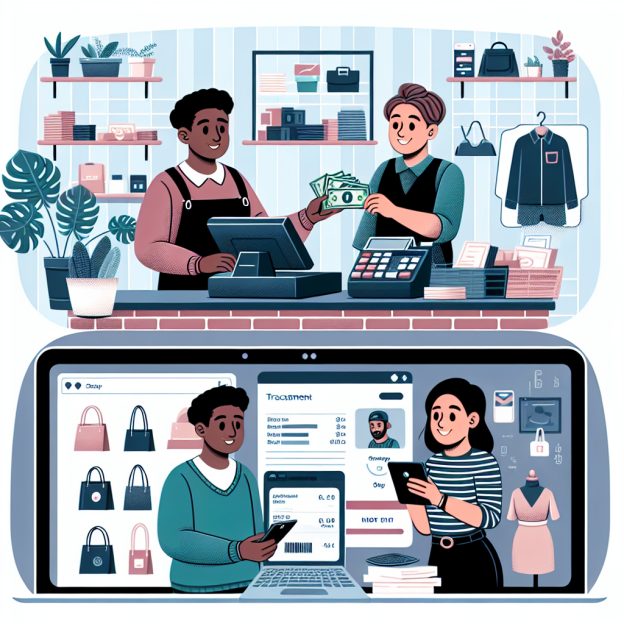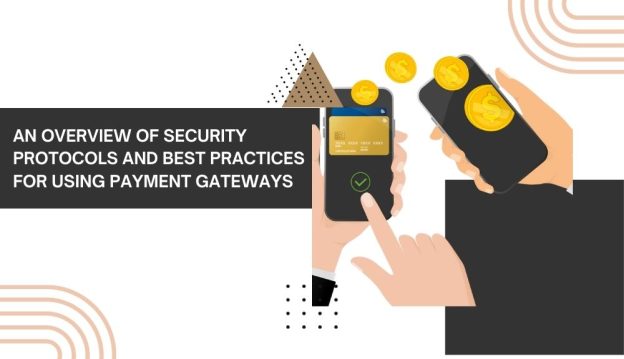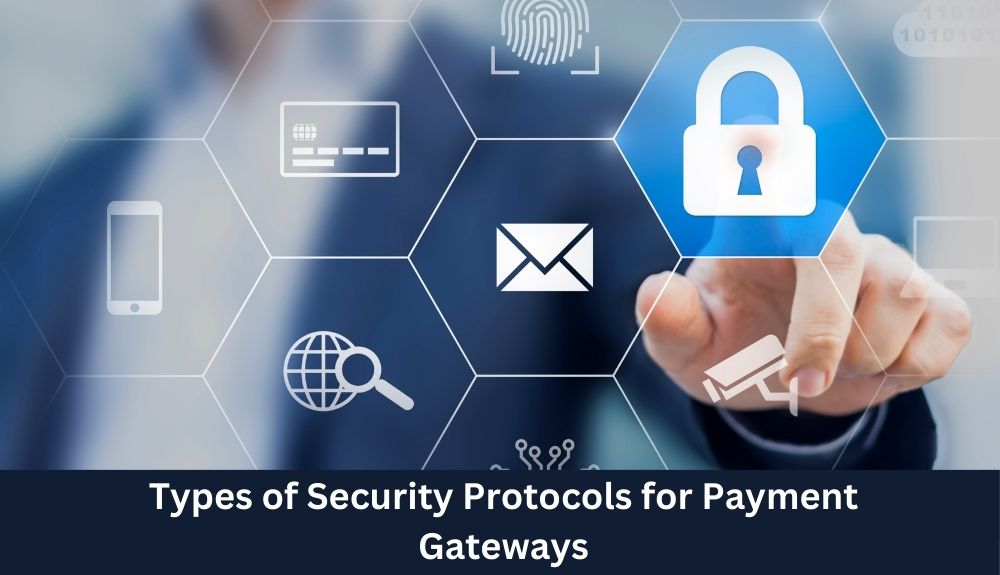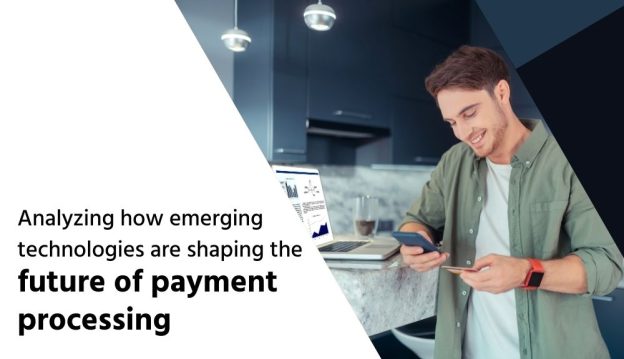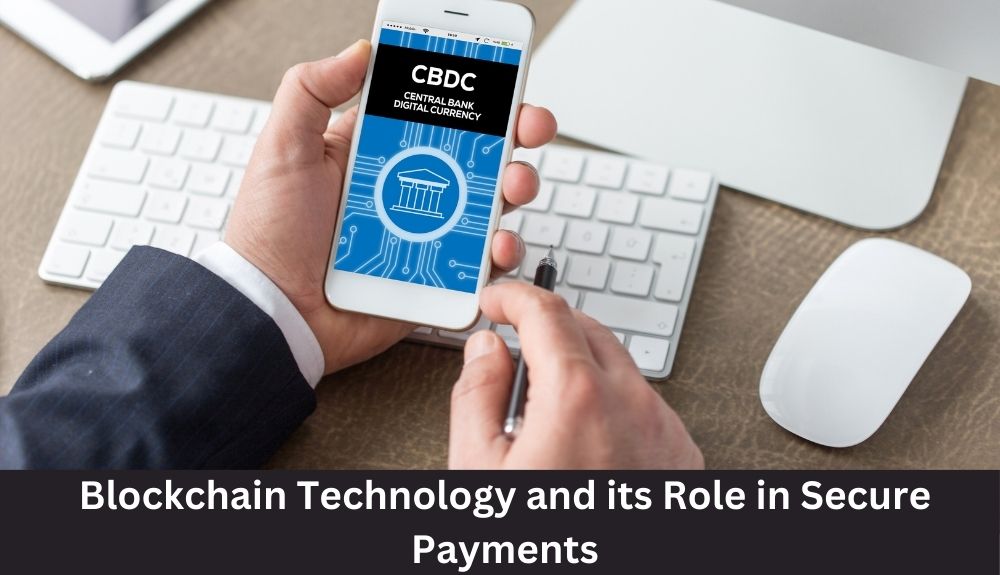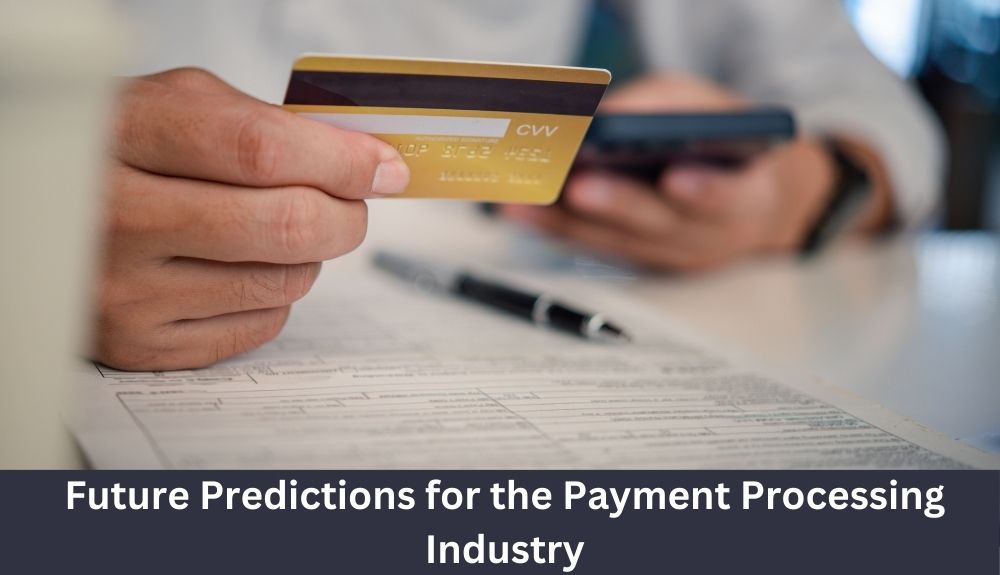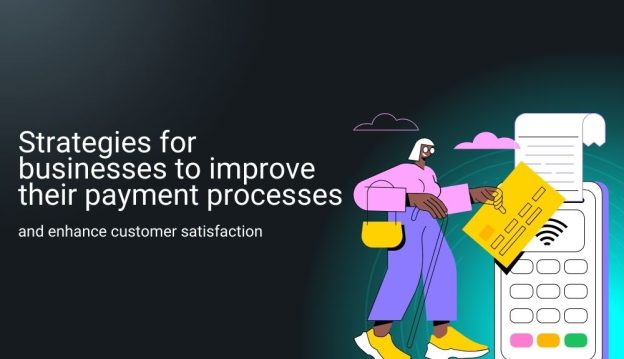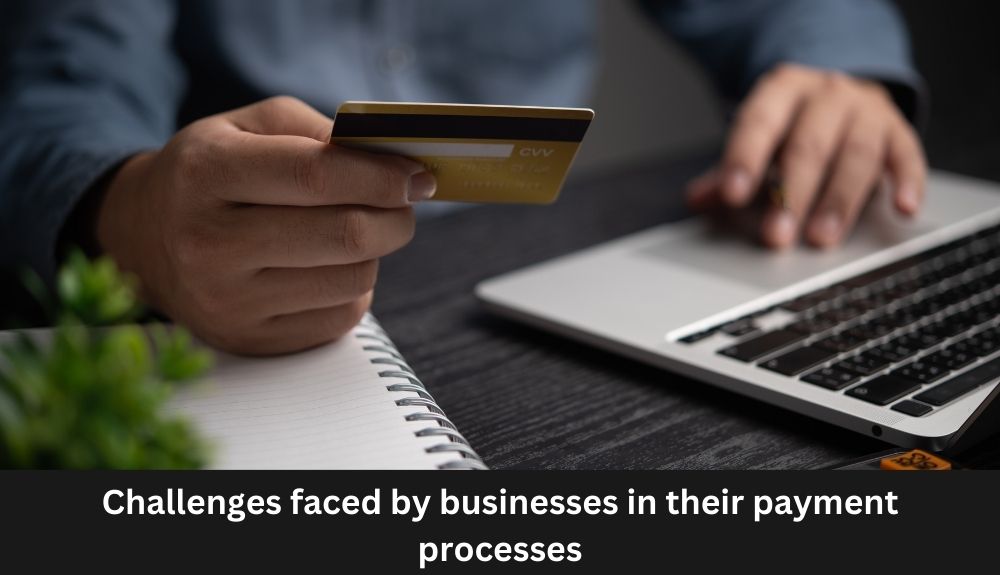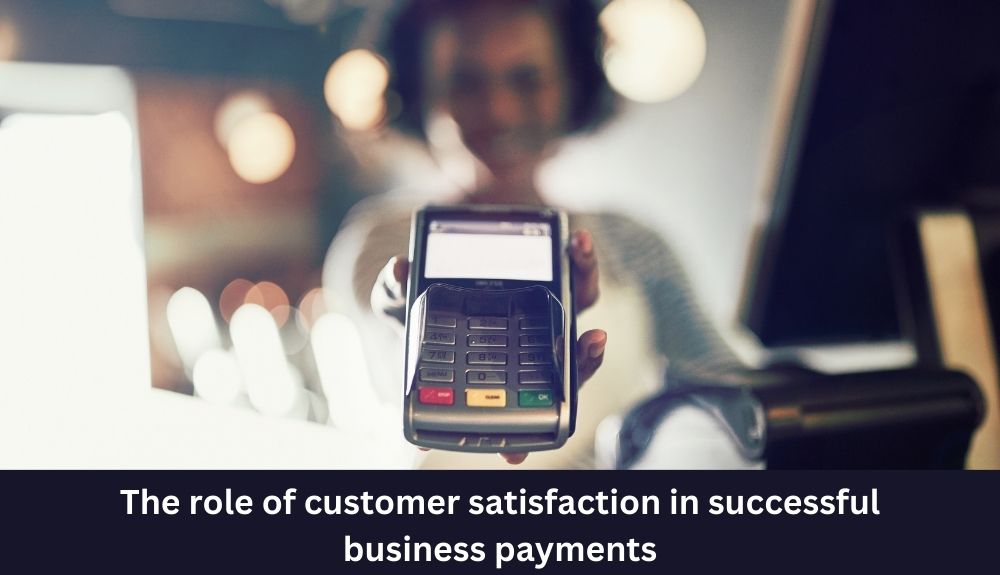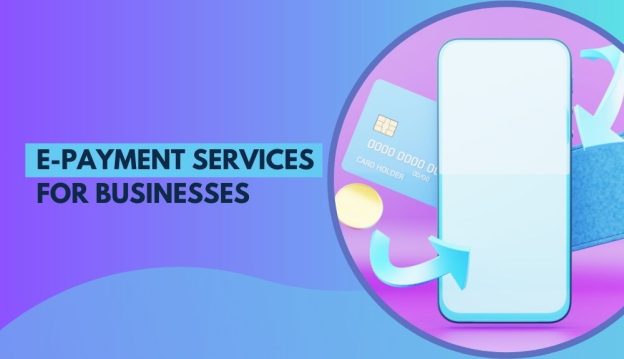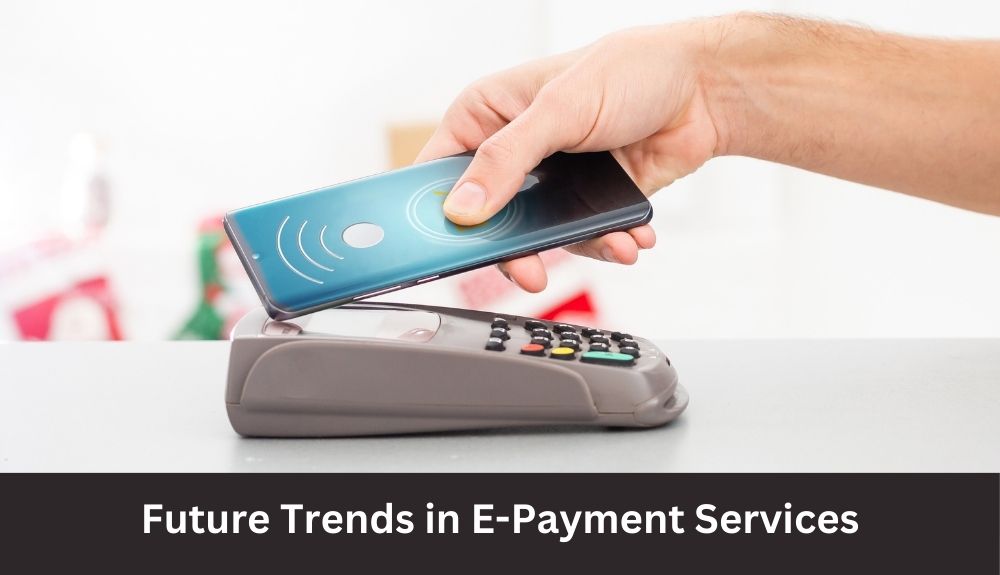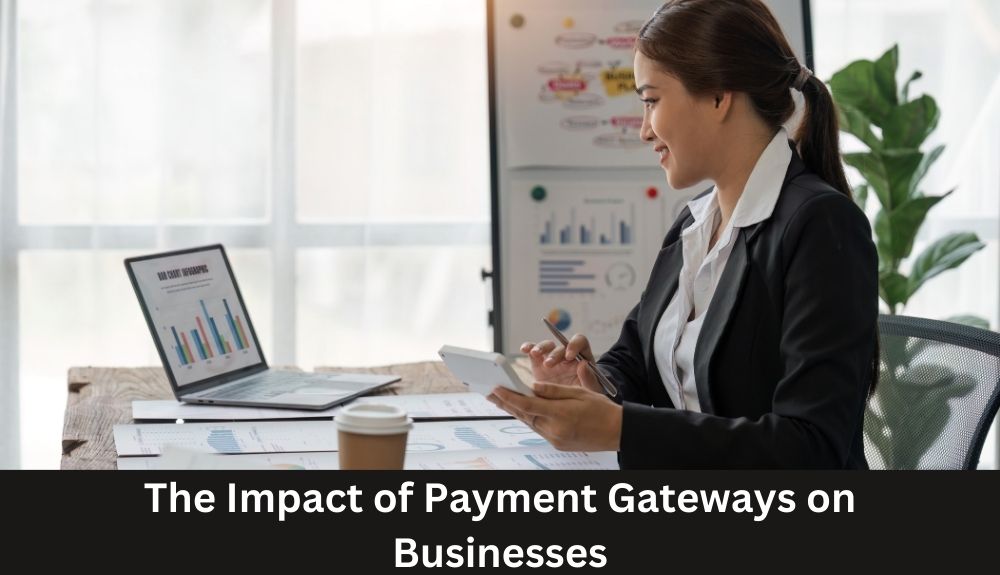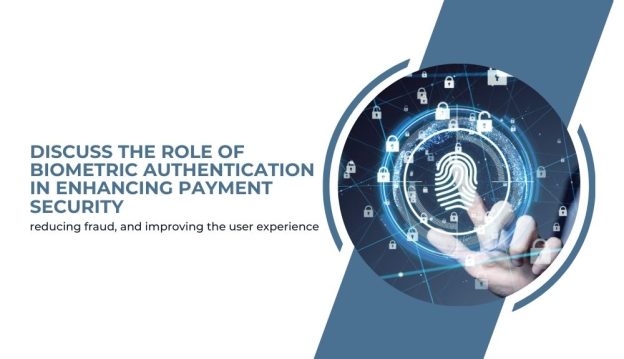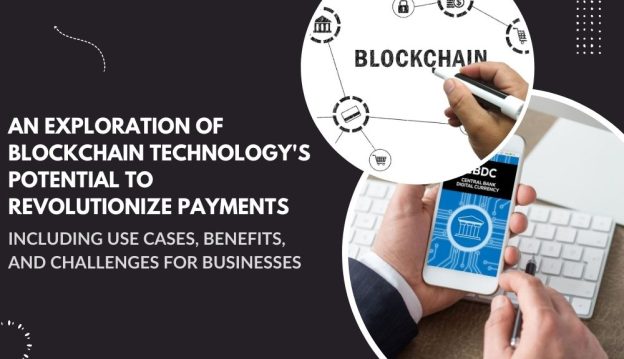The Evolution of Payment Processing: Traditional vs. Online Merchant Services
The Evolution of Payment Processing: Traditional vs. Online Merchant Services
In the ever-evolving landscape of commerce, the mechanisms through which businesses process payments have undergone significant transformations. The advent of digital technology has particularly revolutionized this domain, giving rise to a dichotomy between traditional and online merchant services. This comparative analysis seeks to explore the nuances of these two paradigms, shedding light on how they cater to the needs of modern businesses and consumers alike.
Traditional merchant services have long been the backbone of payment processing, primarily facilitating transactions through physical channels. These services typically involve the use of credit card machines and point-of-sale (POS) systems, enabling businesses to accept payments in person. The infrastructure for such transactions is deeply rooted in banking networks and relies on telephone lines or internet connections to authorize and process payments. This method has the advantage of being tangible and familiar to both merchants and customers, offering a sense of security and reliability. However, it is not without its limitations. The need for physical hardware can be a barrier for small businesses due to the associated costs. Moreover, traditional services often come with complex fee structures and longer processing times, which can be a deterrent for businesses seeking efficiency and cost-effectiveness.
On the other hand, online merchant services represent the digital evolution of payment processing. These services allow businesses to accept payments over the internet, eliminating the need for physical interaction. This model is particularly advantageous in the era of e-commerce, where transactions are not confined to brick-and-mortar establishments. Online merchant services offer a seamless integration with websites and mobile applications, facilitating a smooth checkout experience for customers. The flexibility and convenience afforded by this approach have made it increasingly popular among businesses of all sizes. Furthermore, online services typically offer more straightforward fee structures and faster processing times, enhancing their appeal to merchants looking for agility and transparency in their operations.
The transition from traditional to online merchant services is also reflective of changing consumer preferences. Today’s consumers are looking for quick, convenient, and secure ways to make purchases. Online services cater to these demands by offering a variety of payment options, including credit cards, digital wallets, and even cryptocurrencies. This versatility not only enhances the customer experience but also opens up new markets for businesses, enabling them to reach a wider audience.
Despite the apparent shift towards digital solutions, it’s important to recognize that traditional and online merchant services are not mutually exclusive. Many businesses opt for a hybrid approach, leveraging the strengths of both models to meet the diverse needs of their customers. For instance, a retail store might use a traditional POS system for in-store purchases while also offering an online shopping option with digital payment processing.
In conclusion, the comparison between traditional and online merchant services reveals a landscape marked by change and adaptation. While traditional services continue to offer value through their reliability and familiarity, the flexibility and efficiency of online solutions are increasingly indispensable in the digital age. As businesses strive to navigate this complex terrain, the choice between traditional and online services will ultimately be guided by their specific needs, customer preferences, and the overarching goal of providing a seamless payment experience.
Cost-Benefit Analysis: Traditional Merchant Services vs. Online Payment Solutions
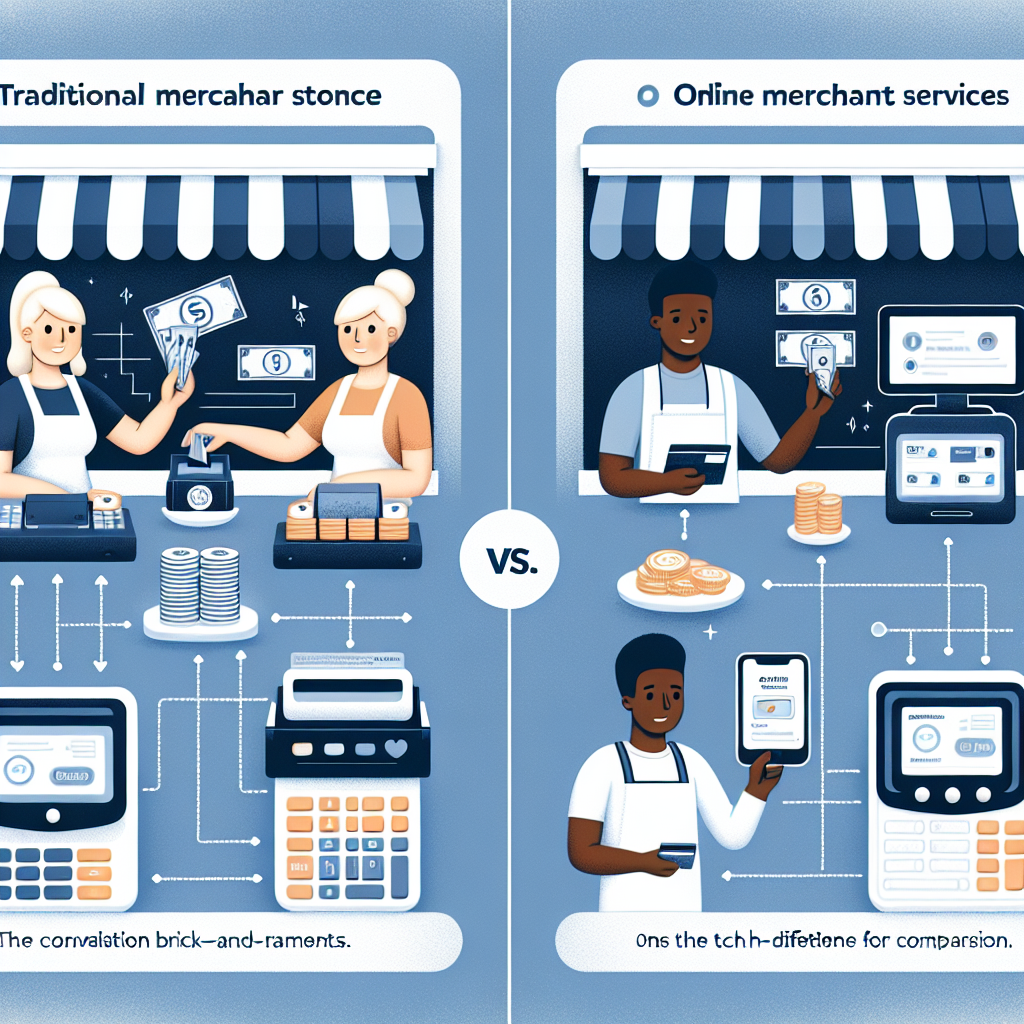
In the rapidly evolving landscape of commerce, the mechanisms through which businesses process payments have become a focal point of strategic decision-making. Traditional merchant services, with their long-standing history, have been the backbone of retail and service industries, facilitating the acceptance of credit and debit card payments in physical locations. On the other hand, the advent of online payment solutions has ushered in a new era of convenience, expanding the horizons of how and where transactions can occur. This article embarks on a cost-benefit analysis of traditional merchant services versus online payment solutions, aiming to provide a comprehensive comparison that can guide businesses in making informed decisions.
Traditional merchant services have been synonymous with reliability and security, offering businesses the ability to process payments through physical terminals. This method has the advantage of fostering direct customer interaction, which can enhance the shopping experience and build trust. However, the costs associated with these services can be substantial. Businesses are often required to pay for the physical hardware, transaction fees, monthly account fees, and sometimes even a percentage of each sale. Additionally, the setup process can be cumbersome, involving lengthy contracts and negotiations with banks or financial institutions.
Transitioning to the realm of online payment solutions, the landscape changes significantly. Online payment platforms have democratized the ability to conduct transactions, removing geographical barriers and enabling businesses to reach a global audience. The setup is typically swift and straightforward, with minimal upfront costs. These platforms often charge a flat rate per transaction, which simplifies financial planning for businesses. Moreover, the integration of advanced security measures, such as encryption and fraud detection algorithms, addresses the critical concern of transaction safety in the digital space.
However, the benefits of online payment solutions come with their own set of challenges. The impersonal nature of online transactions can detract from the customer experience, making it harder for businesses to build rapport and loyalty. Additionally, the reliance on internet connectivity means that any disruption can directly impact a business’s ability to process payments, potentially leading to lost sales and dissatisfied customers.
When comparing the two, it becomes evident that the choice between traditional merchant services and online payment solutions is not a matter of one being superior to the other, but rather which is more suited to the specific needs and circumstances of a business. For instance, a brick-and-mortar store that values customer interaction and operates primarily in a local market may find traditional merchant services more beneficial. Conversely, an e-commerce platform aiming for global reach would likely benefit more from the flexibility and scalability of online payment solutions.
In conclusion, the decision between traditional merchant services and online payment solutions involves a nuanced analysis of costs and benefits. Businesses must consider not only the financial implications but also how each option aligns with their operational model, target market, and long-term strategic goals. As the digital economy continues to expand, staying informed about the evolving payment processing landscape will be crucial for businesses aiming to thrive in an increasingly competitive environment.
Security Measures in Payment Processing: A Comparison Between Traditional and Online Merchant Services
In the rapidly evolving landscape of commerce, the mechanisms through which transactions are processed have undergone significant transformations. The advent of online merchant services has introduced a new paradigm, challenging the traditional models of payment processing. This shift has brought to the forefront a critical aspect of commerce: the security measures inherent in payment processing systems. As businesses and consumers increasingly navigate between traditional and online merchant services, understanding the comparative security frameworks of these platforms becomes paramount.
Traditional merchant services have long been the backbone of payment processing, relying on physical hardware and face-to-face interactions to complete transactions. These services typically involve the use of credit card machines, checks, or cash, processed through banks or dedicated payment processors. The security measures in traditional systems are heavily dependent on physical safeguards, such as the use of secure storage for paper records and the implementation of chip-and-PIN technology to combat credit card fraud. Additionally, the direct interaction between customers and merchants in traditional settings allows for a level of scrutiny and verification that is inherently absent in online transactions.
Conversely, online merchant services, which facilitate e-commerce and remote transactions, employ a different set of security protocols. The digital nature of these transactions necessitates robust cybersecurity measures to protect against a wide array of threats, including hacking, phishing, and identity theft. Encryption technologies, such as Secure Sockets Layer (SSL) and Transport Layer Security (TLS), are fundamental to online payment processing, ensuring that sensitive information is securely transmitted over the internet. Furthermore, online merchant services often incorporate advanced fraud detection and prevention algorithms that analyze transaction patterns in real-time to identify and mitigate potential threats.
The transition from traditional to online merchant services has also been influenced by regulatory frameworks aimed at enhancing transaction security. Standards such as the Payment Card Industry Data Security Standard (PCI DSS) apply to both traditional and online merchants, dictating stringent security requirements to protect cardholder data. However, the application of these standards differs between the two models, with online services facing unique challenges in securing digital transactions against an ever-evolving threat landscape.
Moreover, the rise of mobile payments and digital wallets has introduced new dimensions to the security considerations of online merchant services. These platforms must not only secure the transaction itself but also ensure the integrity of the devices and applications through which payments are made. This has led to the development of sophisticated authentication mechanisms, including biometrics and two-factor authentication, which are becoming increasingly prevalent in online payment systems.
In conclusion, the comparison between traditional and online merchant services reveals a complex interplay of security measures tailored to the specific challenges of each model. While traditional services benefit from the tangible security of physical interactions and hardware, online services leverage cutting-edge technology to secure digital transactions against a broad spectrum of cyber threats. As the landscape of commerce continues to evolve, the ongoing adaptation and enhancement of these security measures will be critical in safeguarding the integrity of payment processing systems, thereby ensuring the trust and confidence of merchants and consumers alike.
